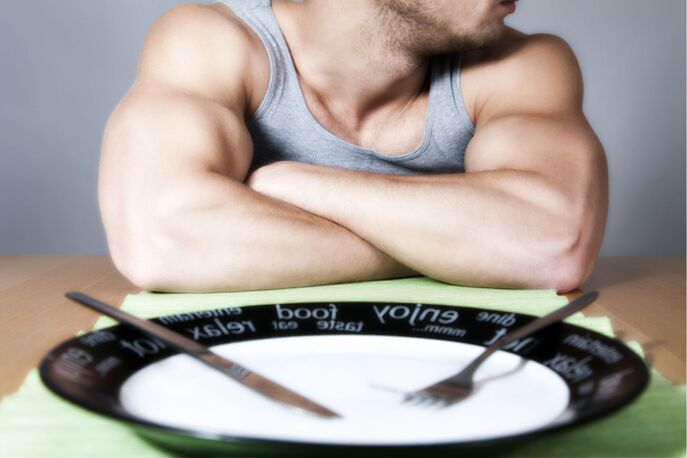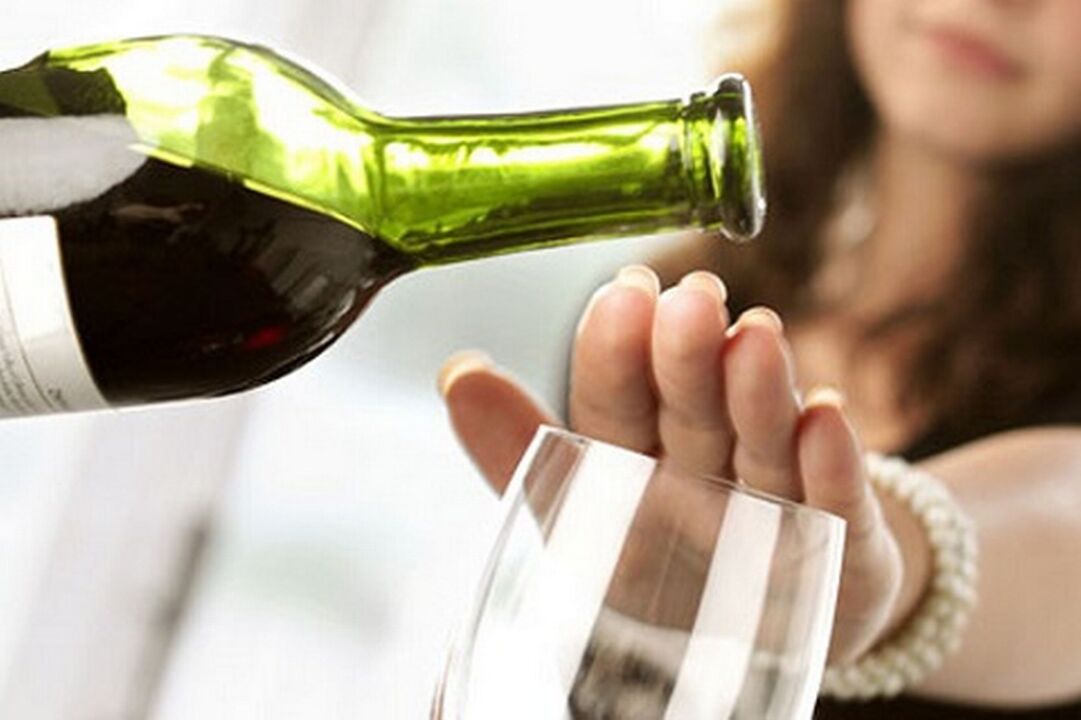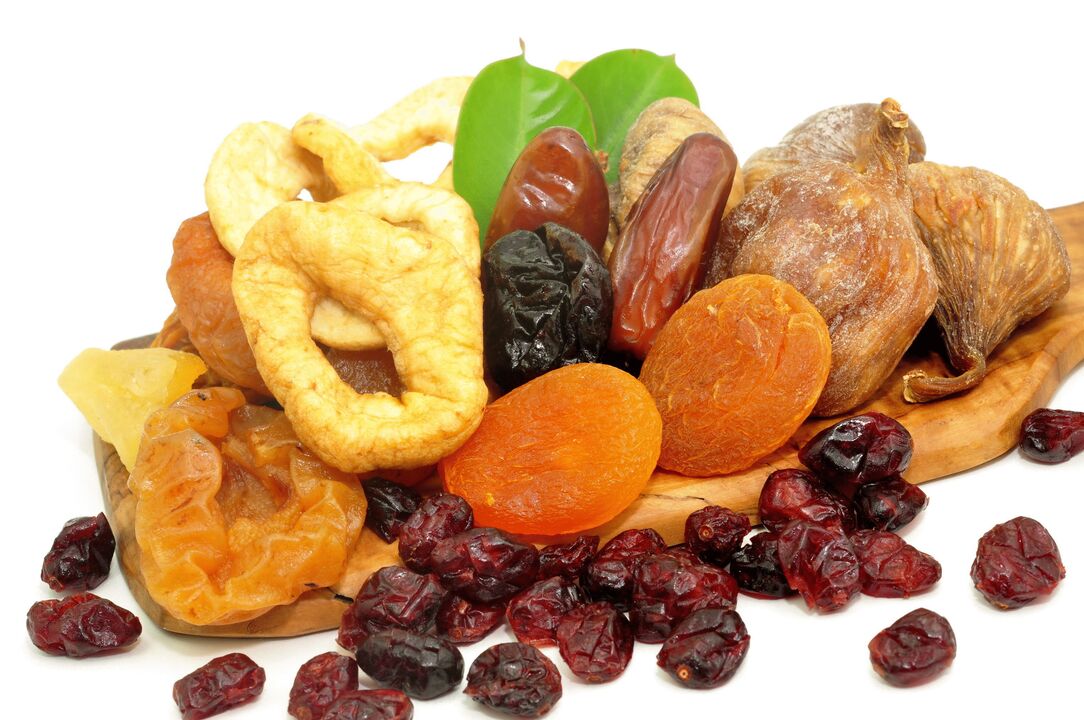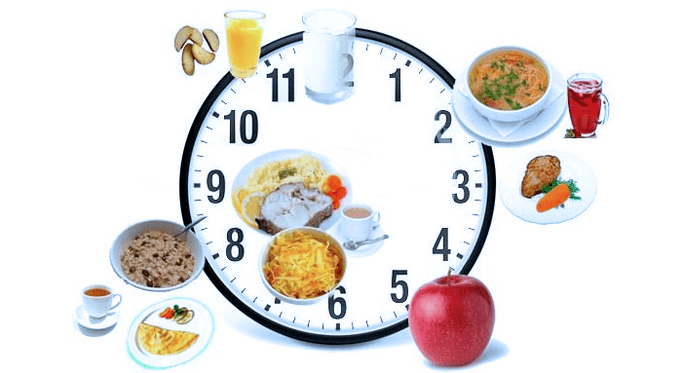Despite the fact that modern medicine has developed a number of powerful and effective drugs to treat pancreatitis, such treatment without diet is less effective. In addition, if the pancreatitis is mild or moderate, treatment may even consist of a nutritional correction.
Unfortunately, many patients only follow the diet during hospitalization, while after discharge they stop and consume prohibited foods for their recovery. This subsequently leads to repeated inflammation, which is much more difficult to treat than the primary one.
The importance of proper nutrition in pancreatitis
Acute and chronic pancreatitis is mainly treated with medication, in some cases surgical help is required. However, without correcting the patient's diet, neither drug therapy nor surgical treatment is absolutely ineffective.
Every patient with pancreatitis is prescribed a diet without exception, regardless of the severity of the disease. Failure to comply leads to a second attack of the disease, which the patient tolerates much worse than the first.

With the diet you can relieve not only the pancreas, but the entire gastrointestinal tract system as a whole. In addition, the choice of food in the diet is aimed at providing the patient's body with all the substances necessary for the regeneration of damaged organs.
In many patients, the disease causes such severe damage to the pancreas in the acute phase that the patient's diet is prescribed for life. Patients who ignore medical dietary prescriptions in such a situation may become disabled or even die.
From this follows a simple conclusion: a diet for pancreatitis (both acute and chronic) is not only recommended, it is necessary.
Who Prescribes the Diet?
Only a doctor can prescribe a diet and certain prescriptions for pancreatitis. At the same time, doctors of several specialties are suitable in this case: therapists, endocrinologists, gastroenterologists, and in some cases specialists in infectious diseases.
Self-dieting is dangerous for both health (disability is possible) and life. It is especially dangerous to prescribe a diet for pancreatitis without consulting a doctor for children and pregnant women.
Features of the diet in acute pancreatitis
A specialty of the diet in acute pancreatitis can be called a reference point in the direction of fasting. That is, in acute pancreatitis, the diet should contain the gentlest food for the gastrointestinal tract in general and the pancreas in particular.
In addition, doctors prescribe to minimize the amount of food in the first week of the disease, and complete famine can be prescribed for the first 2-4 days of the disease (you can only drink).

The goal of this rather restrictive diet is simple - to significantly reduce the stress on the pancreas. Without a diet in the acute phase of pancreatitis, treatment can be completely useless.
Features of the diet in chronic pancreatitis
The peculiarities of the diet in chronic pancreatitis are that the patient must limit himself to fatty, fried, spicy and smoked foods for the rest of his life.
In this case, the patient is sometimes allowed to eat such foods, but in small quantities. Alcohol is completely contraindicated, but most patients ignore this prescription, so doctors simply insist that the patient drink it as little as possible and in small amounts.
Features of the diet with exacerbation of pancreatitis
With an exacerbation of pancreatitis, an extremely restrictive diet is introduced, in which in the first days of the disease it is recommended to completely refuse to eat. In addition, only low-fat broths, cereals (usually buckwheat) and mashed potatoes may be used during the week.
After the exacerbation has subsided, the patient in chronic pancreatitis should smoothly switch to a standard diet. In addition, any dietary changes during an exacerbation of pancreatitis should be carried out only in consultation with a doctor. Self-administration of diet therapy is dangerous not only for health, but also for life.
What is not allowed in pancreatitis?
For pancreatitis of any kind, there is a fairly large list of products, the use of which is strictly prohibited (both until the end of treatment and, much less often, for life).
The list of prohibited foods for pancreatitis is as follows:
- Fatty meat, fried meat (cutlets are also included here), canned food, sausages, smoked products, stews.
- Oily fish, smoked and salted fish, all canned fish and caviar.
- Greasy cottage cheeses, quark (glazed quark is particularly dangerous), spicy and smoked cheeses.
- Scrambled eggs or hard-boiled eggs.
- Beet, garlic, onion, horseradish, pepper, radish.
- Beans, beans, mushrooms.
- Raw and not frayed fruits, sour fruits and fruits that are too sweet (e. g. oranges, figs, grapes).
- Bread rolls, cakes and other sweet and / or fatty (made from cream) confectionery.
- Chocolate, ice cream, nuts.
What can and is useful to eat with pancreatitis?
With pancreatitis, the following foods are allowed:
- Cereal and vegetable soups;
- boiled meat of beef, fish, poultry;
- Chicken egg omelette;
- a small amount of honey;
- different types of grain;
- baked or boiled vegetables;
- Mashed potatoes;
- Carrot.
What should and shouldn't be drunk?
The use of the following drinks is prohibited:
- all alcoholic beverages;
- sweet and carbonated drinks (including shop juices);
- Cocoa;
- Coffee drinks.
The following drinks are allowed:
- Kefir;
- weak black and green tea;
- Rose hip decoctions;
- Compote;
- Curdled milk.
alcohol
Alcohol with pancreatitis is contraindicated in any form of the disease. Alcoholic beverages have a detrimental effect not only on the pancreas, but also on the adjacent organs of the abdominal cavity, which in the vast majority of cases are also indirectly affected by pancreatitis.

Consumption of alcohol on the background of chronic pancreatitis increases the severity of symptoms and leads to the progression of the disease. Alcohol consumption in acute pancreatitis significantly reduces the effectiveness of treatment and increases the risk of death from pancreatic necrosis.
Sweet and honey
Honey and sweets (except chocolate) are only allowed in chronic pancreatitis. With an acute form of the disease or exacerbation of chronic pancreatitis, sweets, including honey, should be excluded.
In addition, in chronic pancreatitis, sweets can only be eaten in limited quantities, as rarely as possible. The fact is that with damage to the pancreas against the background of chronic pancreatitis, the use of sweets poses a dangerously high risk of diabetes mellitus.
Dairy products
Although whole milk can be consumed, it is not recommended as it often causes diarrhea and gas. It is recommended that you consume low-fat kefir, fermented baking milk, and yogurt, no more than one glass a day.
Cottage cheese (up to 9% fat) and cheese (mild types such as mozzarella, adyghe and feta cheese) are also allowed from dairy products with pancreatitis. Sour cream can only be consumed one spoon per day, but only as an addition to soups.
porridge
With this disease, only a few types of grain are allowed (buckwheat, semolina, rice and oatmeal). In addition, porridge can only be cooked in water or milk in a 1 to 1 ratio.

In the chronic form of the disease, corn or barley porridge can be consumed once a week. However, barley and millet porridge are prohibited in any form of pancreatitis.
Oils
With pancreatitis, a small amount of butter is allowed to be added to the dishes. Vegetable and olive oils can also be added to dishes in small amounts, but only with the chronic form of the disease.
Sea buckthorn oil is strictly prohibited in pancreatitis due to stomach irritation and a heavy load on the pancreas.
Baking, cookies
Even with acute pancreatitis, certain types of pastries and biscuits are allowed after a hunger strike of several days. Namely:
- white or slightly dried bread;
- uncooked and unsweetened cookies;
- Biscuit biscuits.
Other baked goods and baked goods are either prohibited or simply not recommended. Fresh baked goods are particularly dangerous, as they can significantly worsen acute pancreatitis or worsen chronic pancreatitis.
vegetables
Vegetables are allowed to be eaten only in boiled or baked form, but it is much better to use them in pureed form (mashed potatoes, casseroles, soups).

The following vegetables are allowed for consumption:
- Potato;
- Carrot;
- Beets;
- Pumpkin;
- Cauliflower;
- green pea;
- Zucchini.
In limited quantities and only with chronic pancreatitis, except for exacerbations, it is allowed to use white cabbage and tomatoes, but only in boiled form.
fruit
With pancreatitis, it is allowed to eat baked fruits or in the form of compote and jelly. Fruit puree is also allowed. You can eat a melon or watermelon in limited quantities.
Sour fruits (citrus fruits) are completely contraindicated, including juices made from them. It is also important to remember that it is forbidden to use raw fruits in acute pancreatitis or exacerbation of chronic pancreatitis.
Dried fruit
With acute pancreatitis, dried fruits are strictly prohibited, while with the chronic form of this disease, they can only be consumed in the form of compote.
The fact is, dried fruits don't contain much less fiber than fresh fruits. Dietary fiber is contraindicated in pancreatitis.

It should also be borne in mind that in the chronic form of the disease, although small quantities of dried fruits are allowed, there are those dried fruits that cannot be consumed at all (figs, dates, raisins, dried apricots).
nuts
Nuts are a rather fatty product, which immediately speaks against their use in pancreatitis. They can only be consumed in the chronic form of the disease and only in small quantities. But here, too, there are some nuances.
Doctors therefore prohibit the use of nuts for one year after acute pancreatitis or within one year after chronic pancreatitis worsening.
An example of a menu for a week with pancreatitis
It is important to remember that no more than 200 grams of white bread and no more than 30 grams of sugar are allowed per day. You only need to eat fractionated, 6-8 times a day in small portions. It is advisable not to skip meals.
A sample menu for pancreatitis for a week is given below.
Monday
- no more than 200 grams of mashed potatoes with 90-100 grams of meatballs, tea;
- no more than 100 grams of cottage cheese;
- Carrot puree soup (no more than 250 grams), a toast, compote;
- 100 grams of steamed omelette (made from proteins only! );
- a glass of yogurt.
Tuesday
- 150 grams of boiled fish and 150 grams of carrot puree, tea;
- no more than 100 grams of cottage cheese;
- 100 grams of steamed omelette;
- Kefir.
Wednesday
- boiled fish with pasta (no more than 150 grams and only baked in the oven), 150 grams of puree;
- 100 grams of cottage cheese;
- soufflé from cottage cheese with tea (no more than 150 grams);
- a glass of yogurt.
Thursday
- 200 grams of mashed potatoes with the addition of steamed meatballs (no more than 10 grams), tea with milk;
- Semolina milk soup (no more than 250 grams), fruit jelly;
- Protein omelette (no more than 100 grams);
- Curdled milk.
Friday
- Apple and carrot pudding (no more than 200 grams);
- 250 grams of vegetable puree soup with compote;
- Protein omelette (no more than 100 grams);
- Curdled milk.
Saturday
- Meatballs (no more than 100 grams) with mashed potatoes (no more than 150 grams), tea;
- Protein omelette;
- grated oat soup (no more than 250 grams) with carrot puree (200 grams);
- Curdled milk.

Sunday
- 160 grams of milk porridge made from rice, tea;
- 200 grams of fruit jelly, 100 grams of boiled fish;
- Cottage cheese (no more than 150 grams) with a decoction of rose hip (150-200 grams);
- a glass of kefir.
hunger
Fasting is very effective in acute pancreatitis or exacerbation of the chronic form of this disease. It is recommended to keep it for 1-3 days under the conditions described, using only normal water during this time.
Fasting is necessary to relieve both the gastrointestinal tract in general and the pancreas in particular. It is important to remember that during fasting, the use of broths, even low-fat ones, is not allowed.


















